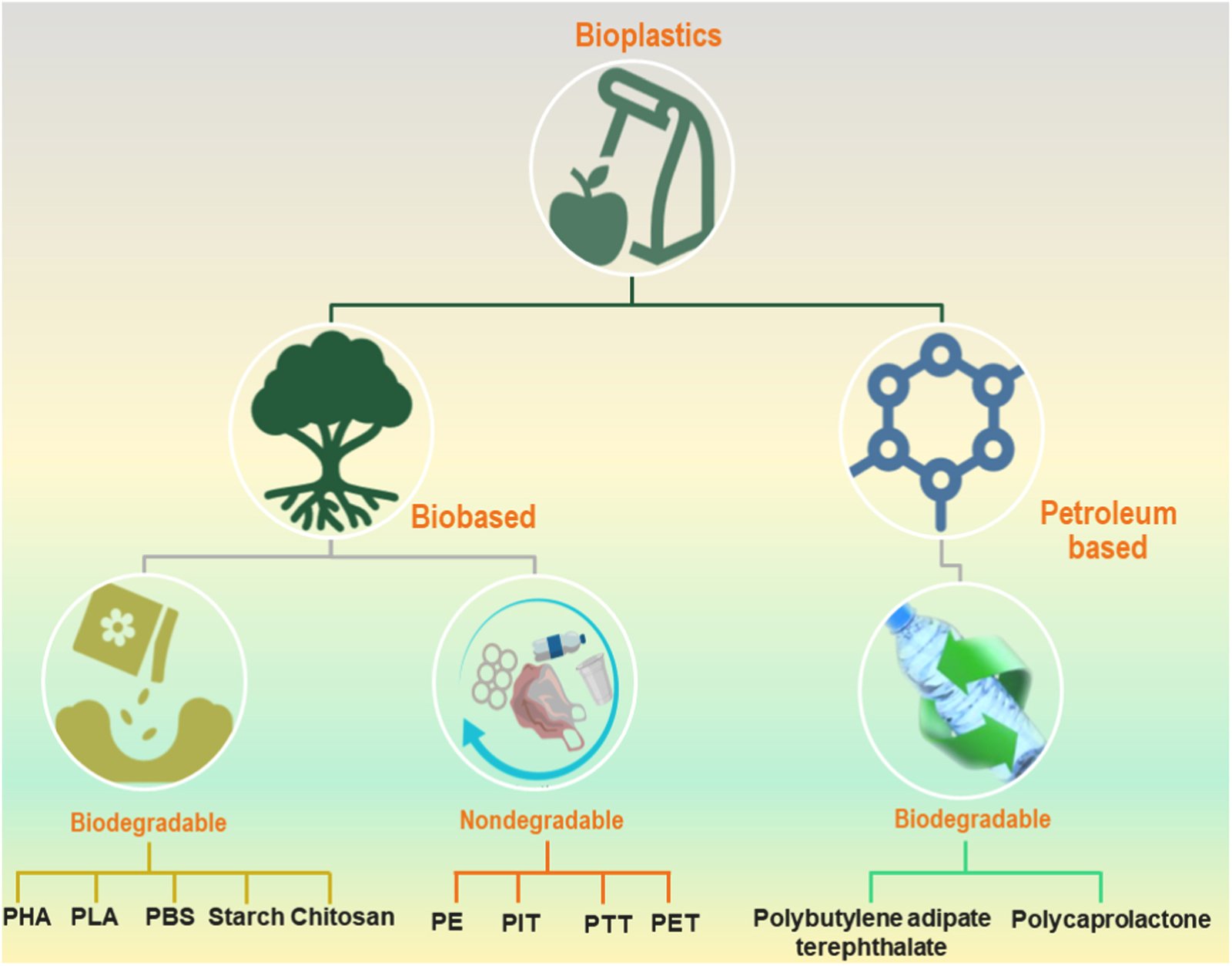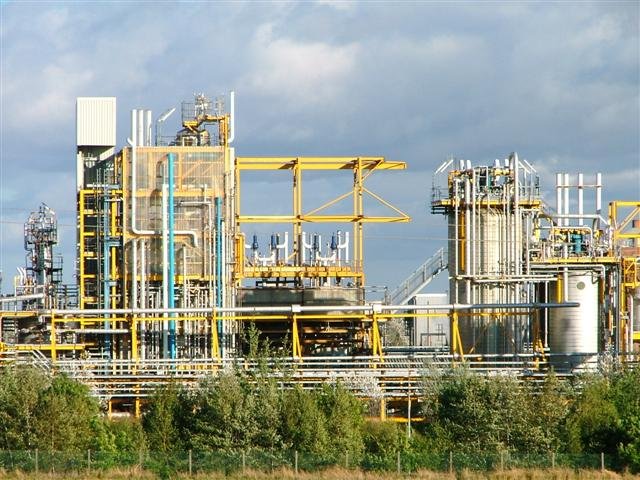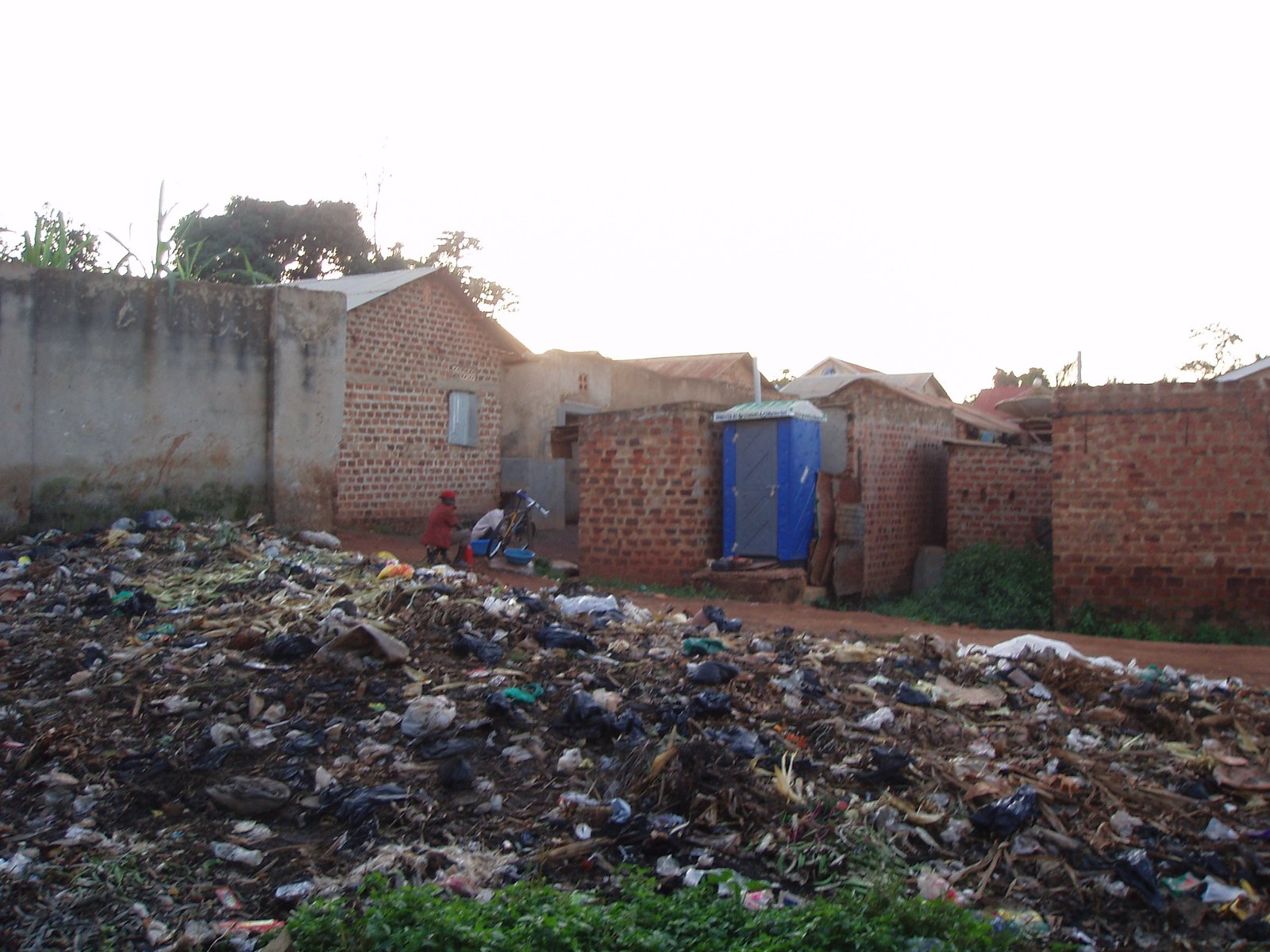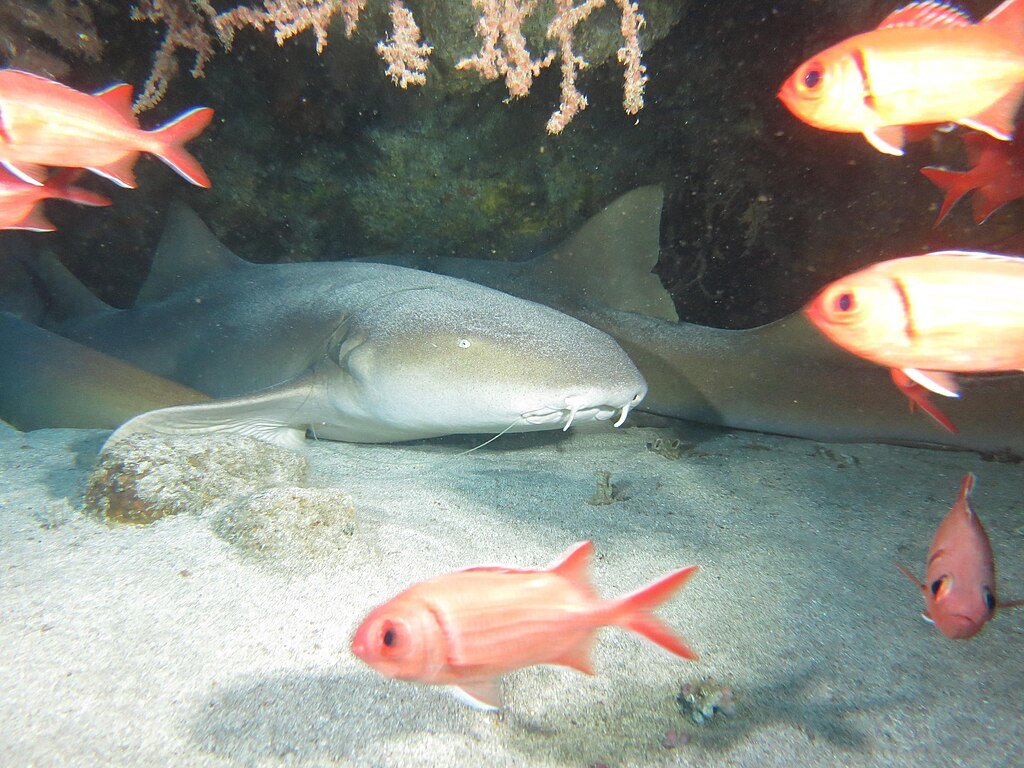Imagine a future where the plastic bottle you toss away doesn’t linger for centuries, but instead returns safely to the earth in just a few weeks. This isn’t the stuff of science fiction—it’s the alluring promise of bio-based plastics. As the world drowns in mountains of plastic waste, the idea of plant-derived, eco-friendly alternatives has captured the imagination of innovators, environmentalists, and everyday people desperate for change. The excitement is palpable, but beneath the glossy surface, tough questions bubble up: Can bio-based plastics truly deliver us from the plastic pollution crisis, or are we simply trading one problem for another? Let’s dive deep and unravel the hope and hype surrounding this groundbreaking shift.
What Exactly Are Bio-Based Plastics?

Bio-based plastics are made, at least in part, from renewable biological resources like corn, sugarcane, or even algae. Unlike traditional plastics, which rely on fossil fuels, these new materials aim to reduce our dependence on oil and cut greenhouse gas emissions. The idea is simple and inspiring: use plants as the building blocks for products that look and feel like conventional plastic, but with a much smaller environmental footprint. However, not all bio-based plastics work the same way. Some are designed to break down quickly, while others are nearly as durable as their petroleum-based cousins. This diversity fuels both excitement and confusion, making it crucial to understand what bio-based plastics really are before we pin our hopes on them.
How Are Bio-Based Plastics Produced?

The journey from plant to plastic is a fascinating blend of biology and chemistry. It usually starts with crops such as corn or sugarcane, which are harvested and processed to extract sugars. These sugars are then fermented by microbes, producing building blocks like lactic acid or ethanol. Through further chemical reactions, these compounds are transformed into plastic polymers—long chains of molecules that give plastics their strength and flexibility. Some companies are even experimenting with turning agricultural waste or algae into new forms of plastic, hoping to lessen the impact on food supplies and farmland. This innovative process is evolving fast, but it also raises tough questions about land use and resource allocation.
Are Bio-Based Plastics Biodegradable?
One of the biggest misconceptions about bio-based plastics is that they all biodegrade easily. In reality, only some—like polylactic acid (PLA)—are designed to break down under specific conditions, such as the high heat and moisture found in industrial composting facilities. Others, like bio-based versions of polyethylene or PET, are chemically identical to traditional plastics and can persist in the environment for centuries. Even biodegradable plastics can cause trouble if they end up in landfills, where the lack of oxygen and heat slows decomposition to a crawl. This confusing landscape means that simply switching to plant-based plastics isn’t a silver bullet for our waste woes.
The Environmental Benefits of Bio-Based Plastics
Despite their complexities, bio-based plastics offer real hope for reducing greenhouse gas emissions. Because the plants used in their production absorb carbon dioxide as they grow, bio-based plastics can have a smaller carbon footprint compared to petroleum-based versions. When managed responsibly, the shift to bio-based materials could also lessen our reliance on oil, slow climate change, and encourage more sustainable agriculture. These are not small achievements; every step away from fossil fuels is a win for the planet. Yet, the true environmental impact depends on how crops are grown, how plastics are processed, and—most importantly—how they are disposed of at the end of their life.
The Hidden Costs: Land, Water, and Food Security
Growing the crops needed to make bio-based plastics isn’t without its downsides. Large-scale production can compete with food crops for valuable land and water, raising fears about food security in an already hungry world. Expanding sugarcane or corn plantations can also lead to deforestation, habitat loss, and increased use of chemical fertilizers and pesticides. These unintended consequences can erode the environmental gains of switching to bio-based plastics. It’s a delicate balancing act: we must weigh the urgent need to cut plastic waste against the risk of creating new problems for farmers, wildlife, and vulnerable communities.
Composting and Recycling Challenges
Throwing a bio-based plastic cup into the trash doesn’t guarantee it will magically disappear. Industrial composting is often required to break down biodegradable plastics, and few cities have the facilities to handle this waste stream. If these plastics end up mixed with regular recyclables, they can contaminate the recycling process and reduce the quality of recycled materials. The lack of clear labeling and public understanding only adds to the confusion. Without better collection systems and more education, bio-based plastics might simply add another layer of complexity to an already messy waste problem.
Innovative Alternatives: Algae, Waste, and More
Some researchers are pushing the boundaries of what’s possible by making plastics from completely unexpected sources. Algae, agricultural residues, and even food waste are being transformed into new forms of plastic, with the hope of reducing competition with food crops. These alternatives could shrink the environmental footprint even further, offering a tantalizing glimpse of a truly circular economy. For example, companies are experimenting with seaweed-based packaging that dissolves harmlessly in water or bioplastics made from potato peels that compost in days. Such creative approaches showcase human ingenuity and provide hope for a smarter, less wasteful future.
Consumer Power: Making Informed Choices

In the end, the success of bio-based plastics depends not just on scientists and manufacturers, but on all of us. As consumers, we have the power to demand better labeling, support sustainable brands, and make careful choices about what we buy and how we dispose of it. It’s easy to be lulled by green marketing and feel-good slogans, but real change comes from understanding the complexities behind the products we use every day. By asking tough questions and staying informed, we can steer the marketplace toward solutions that really make a difference.
Policy and Industry Initiatives
Governments and companies around the world are waking up to the plastic crisis—and many are betting big on bio-based alternatives. Some countries have introduced bans on single-use plastics or offered incentives for compostable packaging. Major brands are pledging to use more plant-based plastics in their products, hoping to capture the hearts of eco-conscious customers. However, regulation and enforcement lag behind innovation, and without strong policies, the shift to bio-based plastics could stall or backfire. The right mix of rules, incentives, and public education will be crucial to ensure that good intentions actually lead to real-world results.
The Roadblocks Ahead: Technology, Cost, and Scale
Despite the promise, scaling up bio-based plastics remains a huge challenge. Making these materials affordable and accessible for everyday products is no small feat, especially when oil prices drop and traditional plastics become cheaper. Manufacturing bioplastics at scale requires massive investment, new infrastructure, and a willingness to rethink the entire supply chain. Technical hurdles also persist, such as improving durability, transparency, and flexibility to match the performance of conventional plastics. Only with continued research, innovation, and collaboration can these obstacles be overcome.
What Lies Beyond the Hype?

The dream of a world saved by bio-based plastics is powerful, but reality is far more complex. These new materials can help cut carbon emissions, reduce our reliance on fossil fuels, and inspire creative solutions to the waste crisis. Yet, they can also create new challenges for land, water, and waste management if not handled wisely. The future will depend on our ability to look past the hype, make tough choices, and support policies and technologies that truly benefit the planet. As we stand at this crossroads, one question echoes louder than ever: Will we seize this chance to reinvent our relationship with plastic, or will we let history repeat itself?




